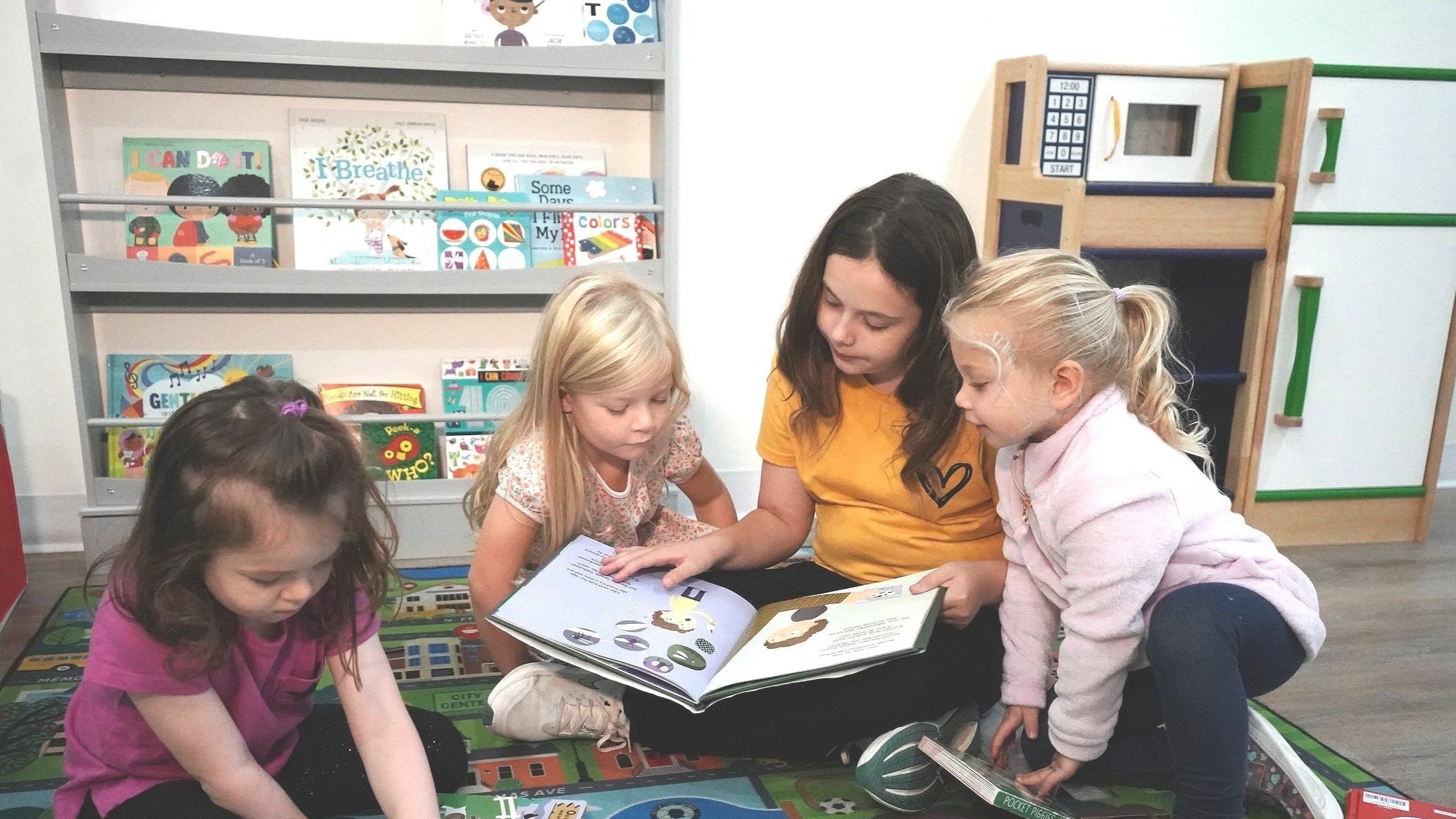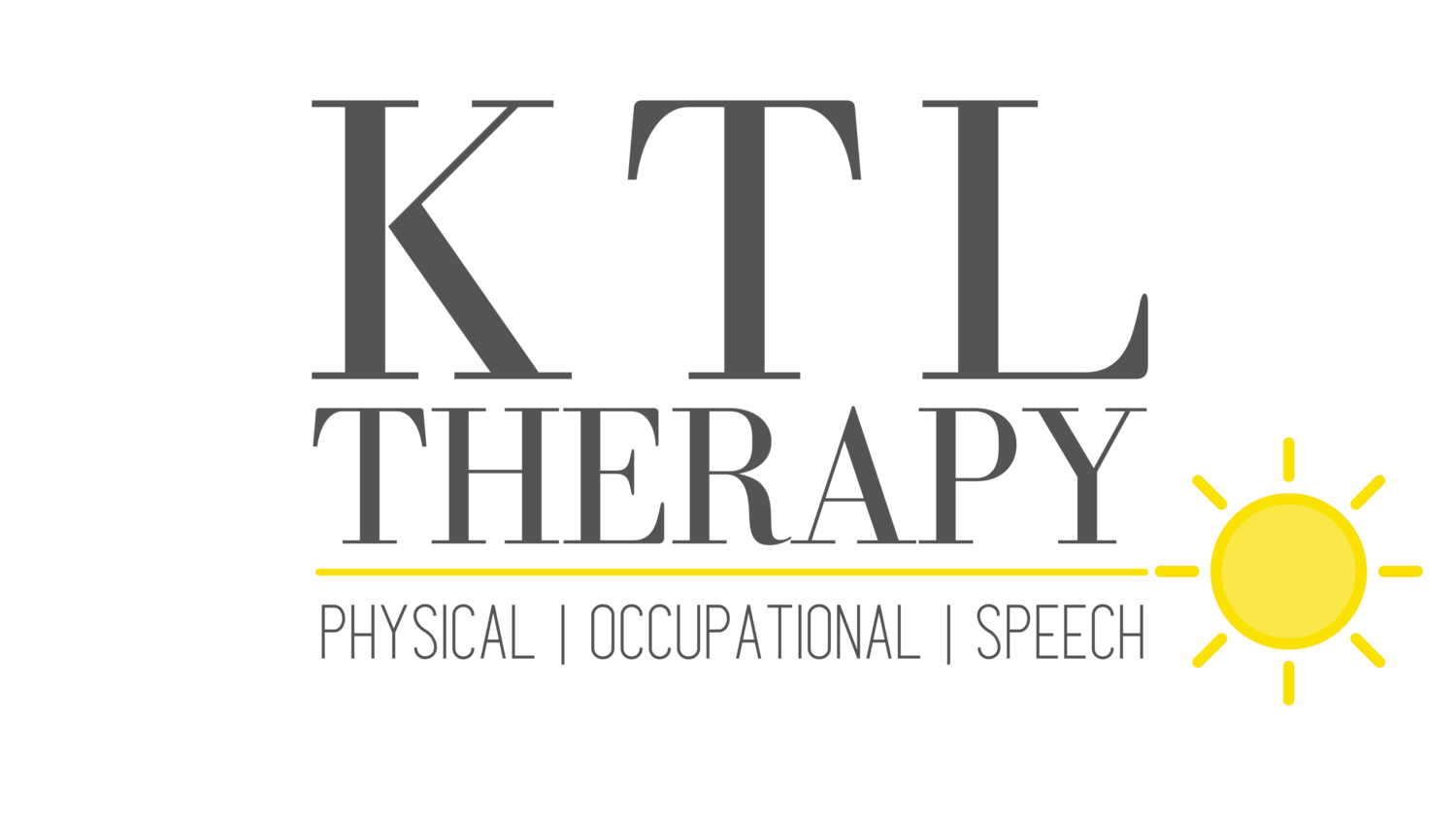
THE KTL BLOG
Our therapists share tips and insights to support you and your child!
Why is Executive Functioning Important?
Executive functions are the foundational building blocks that allow children to be successful in multiple areas of their lives. Strengthening these abilities supports children as they grow and develop.
What is Augmentative and Alternative Communication?
Augmentative and Alternative Communication (AAC) is for early communicators who aren't using their words yet, those communicating with only a few words, or children who are communicating with their bodies and their behaviors instead of speaking.
Could Your Child Have Dysphagia?
Dysphagia is a broad term used to describe feeding and swallowing disorders during any phase of eating and drinking, beginning at the lips and ending at the esophagus.
Helping Your Child Make the “F” Sound
Children can struggle to make the “f” sound in words and often substitute the “f” sound with the “th” sound. Learn a fun way to help your child work on the “f” sound!
Practicing “S” Sounds at Home
Imitation is a great way to teach a new speech sound such as the S. Watch as Kelly & Frankie demonstrate imitation in a speech therapy session.
Building Language with a Barrier Game
Therapy is most effective as children are fully engaged in play-based tasks. Barrier games offer ample opportunities for a child’s language development while keeping their attention and interest.
Teaching Your Child Core Vocabulary
Adapted from the post “Footsteps to Future Success “
Learn how to help your child increase their core vocabulary and download a FREE PDF titled “A Year of Core Words” for you and your child to work on.
What Do I Do After My Child Gets A Diagnosis?
No one knows your child better than you do. What if you suspect something more is going on?
Occupational Therapy Evaluation: What to Expect
Whether your child has been referred to occupational therapy (OT) by another professional, or you’re wondering if treatment would be beneficial for your child, the first step is to receive an OT evaluation. But what does an evaluation look like?
A Picture Says A Thousand Words
Picture cues can be used to create a visual schedule for your child. A visual schedule can provide many different benefits for a child. The biggest benefit of a picture schedule is being able to communicate a routine for your child.
Little People, Big Emotions
We know it’s acceptable to feel every emotion, and as adults, we are able to match our reaction to the situation. Children don’t innately have the skills to do this, so they must be taught how to regulate their emotions.
4 Tips to Help Your Child Make “R” Sounds
Have you noticed your child’s speech sounding different from other children his age? It could be that your child is having trouble making the R sound in speech. Perhaps, he is making a W sound or an Ah sound instead of the R sound? For example, does he say “wun” for “run” or “biggah” for “bigger”?
Developmental Speech Disorders
Many parents refer their children to a Speech Language Pathologist because they fear their child is not making sounds/words or they can’t understand what their child is saying. A common comment Speech Language Pathologists hear is “my child is not talking, they just jabber or they are not making any sounds at all.” In many cases these children are using words and understanding how to use language, therefore they are just having difficulty making the sounds and putting the sounds together so that others understand what they are trying to communicate.
Working with Your Child on the S Sound
Did you know that many young children have difficulty with the S sound? While it is a common sound error, most children can correctly produce the S sound by the age of five. If you are worried about your child’s speech you may need to consult with a speech and language pathologist. In the meantime, here are some tips for teaching your child how to correctly produce the S sound.
Footsteps to Future Success: Vocabulary Development
If your child is struggling to express his basic wants and needs to you, try implementing a picture system to teach core vocabulary words. For example, words like “yes/no, stop/go, in/out, on/off, help, please, and wait” are part of our basic core vocabulary system that help children express their thoughts and ideas to communication partners.










